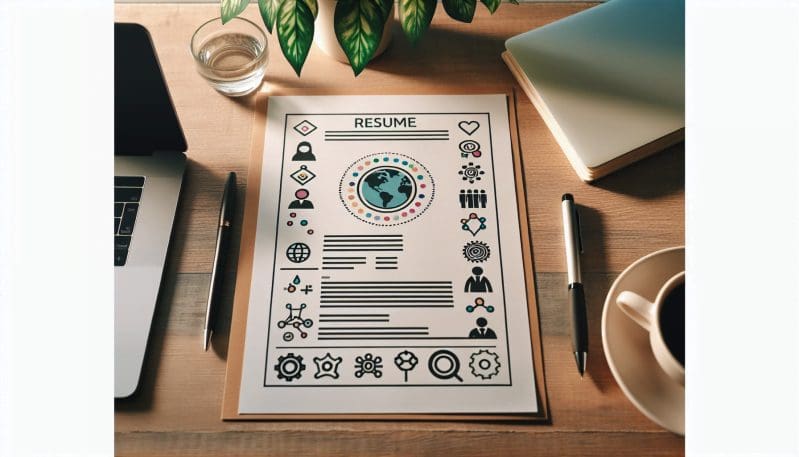Bridging the Gap: Crafting Inclusive Resumes in a Diverse Work Ecosystem
- Home
- Bridging the Gap: Crafting Inclusive Resumes in a Diverse Work Ecosystem
- Vishal Kumar
- January 26, 2024
- 0 Comments
In the contemporary job market, diversity and inclusivity have become more than just buzzwords; they are integral to the fabric of a progressive workplace. However, as job seekers strive to align themselves with these values, they face a unique challenge: how can they reflect a commitment to diversity and inclusivity in their resumes without falling into the trap of pandering or allowing these attributes to overshadow their individual qualifications?
The balance between showcasing cultural competency and professional skills is delicate. On one hand, cultural competency indicates an ability to work effectively in diverse teams and environments, which is highly valued in today’s globalized economy. On the other hand, a resume must primarily showcase an individual’s qualifications, achievements, and suitability for the role.
Language plays a crucial role in crafting an inclusive resume. It’s not just about avoiding discriminatory or biased phrases but also about using language that is welcoming to all. This includes using gender-neutral titles, such as ‘they’ instead of ‘he’ or ‘she,’ and descriptions that show respect for all cultures and backgrounds.
Employers, on their part, are increasingly looking for candidates who not only tolerate but also embrace and champion diversity. A resume that balances professional achievements with evidence of an inclusive mindset suggests a candidate who is not just capable but also adaptable and collaborative.
The current norms for resumes often focus on individual accomplishments without considering the candidate’s interpersonal skills and cultural sensitivity, which are just as vital in a diverse work environment. As we work towards a more inclusive standard, one actionable step is to encourage the inclusion of volunteering, community engagement, or language skills that demonstrate cross-cultural communication abilities.
No Worker Left Behind believes in enhancing the triad of work, worker, and workplace. In line with our mission, we advocate for resumes to include a ‘Diversity and Inclusion’ section where candidates can highlight initiatives they’ve led or participated in, training they’ve undergone, or contributions they’ve made towards creating a more inclusive environment—be it at work, school, or in their communities.
In conclusion, an inclusive resume is not just about ticking a diversity box. It’s an honest reflection of a candidate’s professional journey and their potential to contribute positively to a diverse work environment. It’s about finding the sweet spot where professional skills meet personal values, and clearly communicating how they intertwine to make a candidate the right fit for an organization that values diversity as much as skills and qualifications.
At No Worker Left Behind, we are dedicated to paving the way towards work, worker, and workplace harmony by promoting inclusivity at every step of the employment process. A well-crafted, inclusive resume is the first step in this direction, opening doors for job seekers and enriching workplaces with diverse perspectives and talents.


Leave A Comment